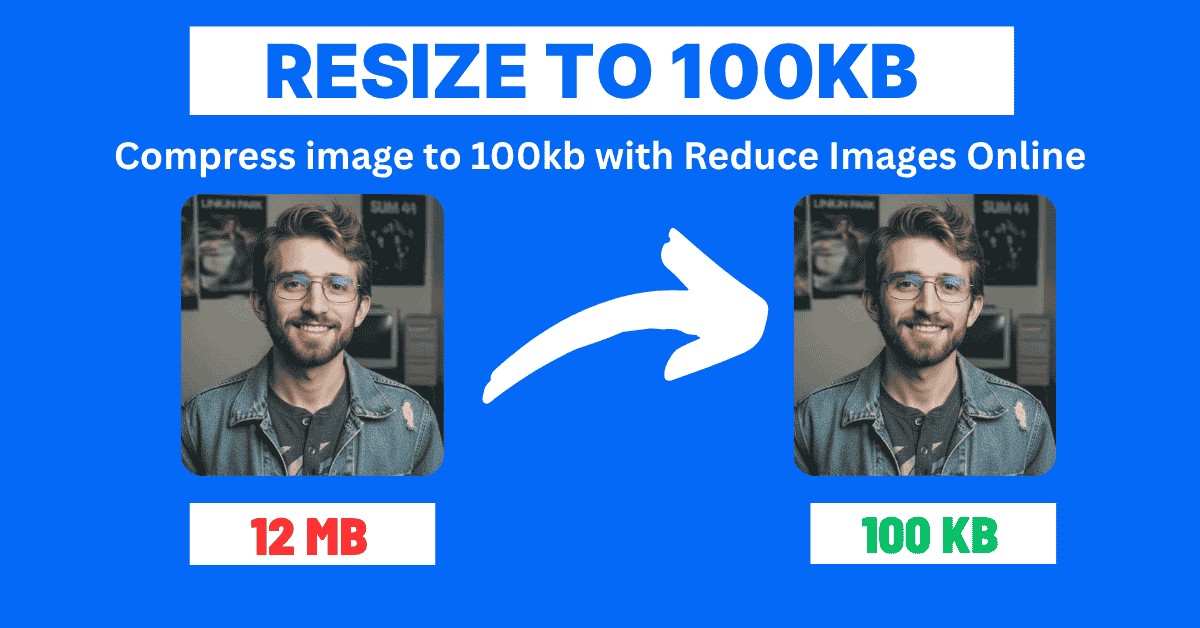Image SEO Optimization: Complete Guide for Better Rankings
Images play a crucial role in both user experience and search engine optimization. Properly optimized images can improve your site's performance, accessibility, and search rankings.
Why Image SEO Matters
Search engines can't "see" images the way humans do. They rely on various signals to understand and rank your images:
- Alt text - Describes the image content
- File names - Should be descriptive and keyword-rich
- Surrounding text - Provides context
- Image size and format - Affects page speed
- Structured data - Helps search engines understand content
Best Practices for Image SEO
1. Use Descriptive File Names
Instead of IMG_001.jpg, use descriptive names like image-compression-tool-screenshot.jpg.
2. Write Effective Alt Text
Alt text should:
- Describe the image clearly
- Include relevant keywords naturally
- Be concise (under 125 characters)
- Skip "image of" or "picture of"
3. Choose the Right Format
- JPEG: Best for photographs
- PNG: Best for graphics with transparency
- WebP: Best compression, modern browser support
- SVG: Best for simple graphics and icons
4. Optimize File Size
Large images slow down your site. Use compression tools to reduce file size without losing quality.
5. Add Structured Data
Use schema markup to help search engines understand your images better.
Common Image SEO Mistakes to Avoid
- Using generic file names like "image1.jpg"
- Missing alt text on important images
- Keyword stuffing in alt text
- Not compressing images before upload
- Using wrong image formats for the content type
Tools for Image Optimization
- ReduceImages.online - Free image compression and resizing
- TinyPNG - PNG and JPEG compression
- ImageOptim - Mac image optimization tool
- Squoosh - Google's web-based image optimizer
By following these image SEO best practices, you'll improve your site's search visibility and provide a better experience for your users.

